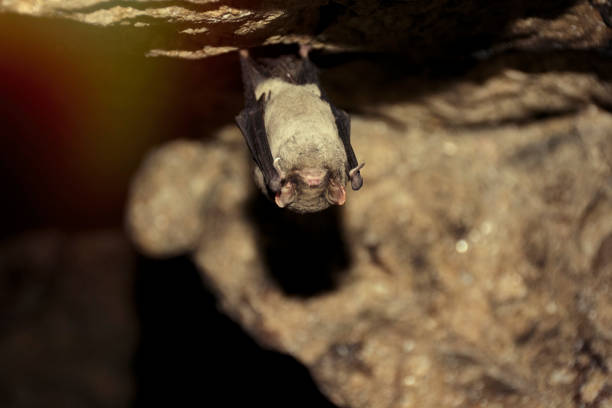Ordering fruit trees from a catalogue or internet site is a dodgy endeavor. The trees are overpriced with an added cost of shipping, and in my experience I’ve learned the trees produce poor quality fruit, if they even survive long enough to bear. I’ve had much better luck transplanting trees from local nurseries. I have 26 year old grape vines and blueberry bushes almost as old that I purchased from local nurseries, and I’d still probably have a great fig tree, if plumbers didn’t have to dig a new drain field for my septic tank. Peach trees I’ve grown from seed are much stronger and produce much better fruit than any I ever purchased through the mail. A mulberry tree growing by the side of my house is an example of mail order disappointment. The tree is thriving and flowers every spring but it produces no fruit. This puzzled me until I finally figured out why. The tree died back the first year I bought it, but it regrew from the stump. Nurseries sell mulberry trees with male and female branches. (Male flowers produce no fruit.) Unfortunately, the part that grew back on my tree is all male.
Male flower on my mulberry tree. Female flowers have a more round shape. All the flowers on my mulberry are male, much to my disappointment. Click to enlarge the photo.
Mulberries belong to an ancient family that has existed since at least the mid-Cretaceous, and dinosaurs likely dispersed the seeds of the fruit from this family in their feces. The Moraceae family includes mulberries, figs, Osage orange, jack fruit, and bread fruit. The species of native mulberry common and widespread in eastern North America is Morus rubra. The range map of this species shows some affinity in its northern limit with the ghost boundary of the Laurentide Glacier. (See https://markgelbart.wordpress.com/2017/03/30/the-ghost-boundary-of-the-last-glacial-maximum-ice-margin/ ) However, like many other species of trees M. rubra successfully recolonized some territory that became deglaciated following the last Ice Age. It’s likely red mulberry grew in mixed forests all the way to the glacial boundary during Ice Ages but became much more common during warmer wetter interstadials and interglacials. Mulberry trees prefer early to mid successional woodlands where they can get plenty of sunlight. Hence, they are a pioneer species dispersed in bird droppings. Disturbed plant communities caused by rapid climate change and megafauna foraging were common during the Pleistocene and so were mulberries, though their pollen is rarely detected in core samples.
Range map of the red mulberry. It has been widely transplanted outside its range. Avian dispersal helped this species recolonize deglaciated regions following the end of the last Ice Age.
Birds love mulberries, and avian dispersal explains how mulberries recolonized deglaciated regions when so many other species did not. A study of 1 backyard mulberry tree in Arkansas counted 32 species of birds feeding on the fruit. Cedar waxwings and robins made up 77% of the individual birds visiting the tree. Other birds feeding on the fruit from this tree included mockingbirds, finches, catbirds, eastern kingbirds, and warblers. The fruit appeals to bird species that normally prefer insects.
Mulberries were especially common around Indian villages during Colonial times and earlier. William Bartram mentioned M. rubra at least 20 times in his Travels. Mulberries ripen over a 3 week period during late May and early June and were an important earl summer fruit for the Indians. They can be dried and dried mulberries are a staple in Afghanistan. European settlers brought white mulberries (M. alba) to North America, hoping to start a silk industry. For 4 thousand years the Chinese have been raising the silk worm moth (Bombyx mora), a species no longer found in the wild. The silk worm moth larva feed upon mulberry leaves and produce silk for their cocoon. The silk industry collapsed in North America long ago and now they grow wild, often hybridizing with native mulberries.
Silkworm moth larva feeding on mulberry leaves.
Red mulberry fruit. Despite the name, they aren’t ripe until they turn black.
Mulberries are very sweet and nutritious. They are high in Vitamin C and iron and also a good source of potassium, Vitamin K, Vitamin E, and fiber. They are rich in cholesterol-reducing and cancer-fighting anti-oxidants. They make good desserts as well, but they do have 1 drawback. The stem grows well into the fruit and is difficult to remove.
Reference:
Jackson, J; and R. Kanin
“Avian Frugivory in a Fruiting Mulberry Tree (Morus rubra) in Arkansas”
Journal of Arkansas Academy of Science 2016









